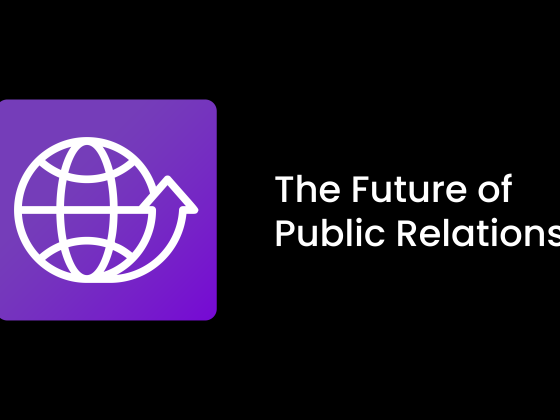Communication is essential for the success of any business. Most companies put procedures in place for external communication — any communication with outside customers. External communication is necessary, but it’s just as important to maintain clear, concise communication internally.
Employees and partners, such as manufacturer representatives and dealers, can be the greatest asset to a company, because they serve the customers. Public relations practitioners recognize these people as internal publics; they can identify trends, anticipate customer needs and troubleshoot problems thanks to their firsthand relationships with customers. And they’re a reflection of a company, both positive and negative.
A study from McKinsey & Company found that internal communication — specifically improved communication and collaboration through social technologies — can raise productivity up to 25%. And improved productivity is just the first ROI for developing an internal communications strategy. Incorporating strong employee communication leads to engagement across the company; it creates a cultural alliance and forms advocacy for everyone involved in the business. If employees feel connected to the company, they will build stronger relationships with their peers, often creating a happier work environment for everyone.
If you don’t have an existing internal communications strategy or you’re simply looking to assess your existing internal communications strategy, check out our tips for successful internal communications through the RPIE (research, planning, implementation, evaluation) method:
- Research: Gather information on your current internal communications strategy, such as methods of communication, frequency and current feedback. Use the information from the research to evaluate whether your strategy is working successfully.
- Planning: Create a detailed outline for an internal communications strategy by determining the types of content, resources needed (both material and manpower), and the timeline needed to implement the plan. Employ SMART (specific, measurable, attainable, relevant and time-based) goals to map out the strategy.
- Implementation: Bring the internal communications plan to place. Consider keeping your communications simple by implementing a newsletter or online bulletin. Rather than communicating everything at once, do less with more — communicate less information but more often. Lastly, incorporate conversation-starting content, such as employee recognition and engaging news, to create a personal approach.
- Evaluation: Determine the success of your internal strategy by reviewing your SMART goals. Did you meet each of the goals? If not, what do you need to do next time to achieve them?
Improving internal communications is a procedure that will take time. Your company’s strategies will continue to grow and evolve. As employees come on board or, inevitably, leave, the strategy will need to be tweaked. Continuing to invest the time and resources into an internal communications strategy will benefit a company for years to come.




